Tali Budman
Advisor: Lisa Landrum
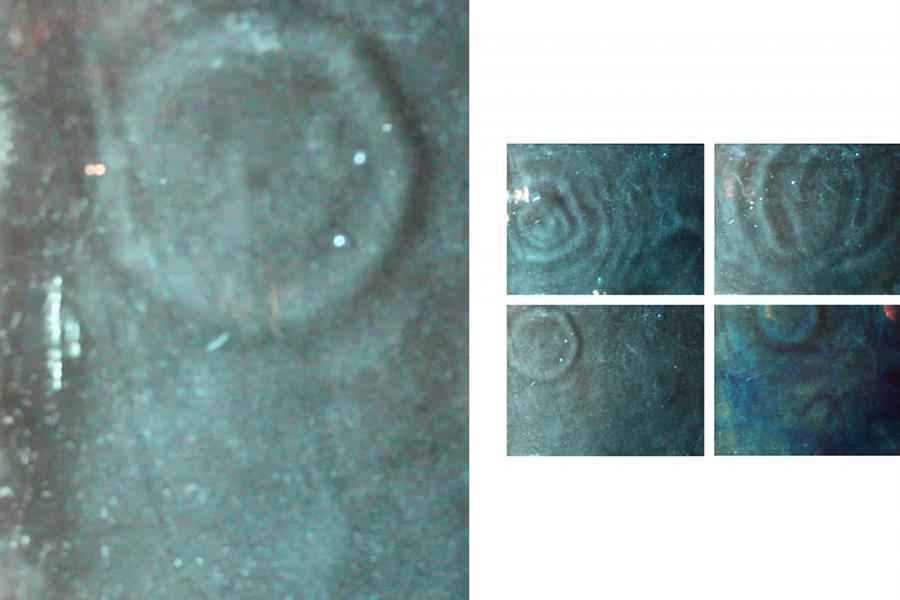
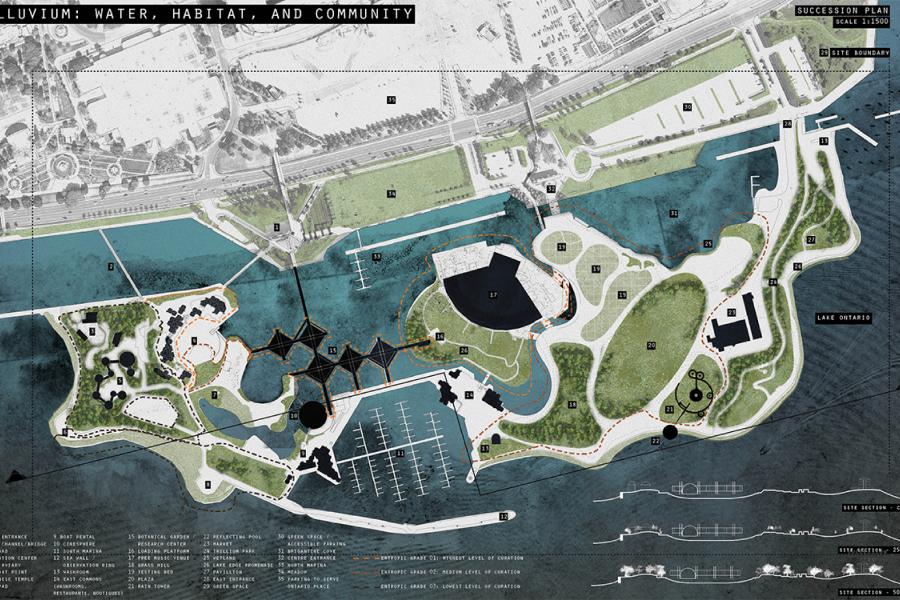
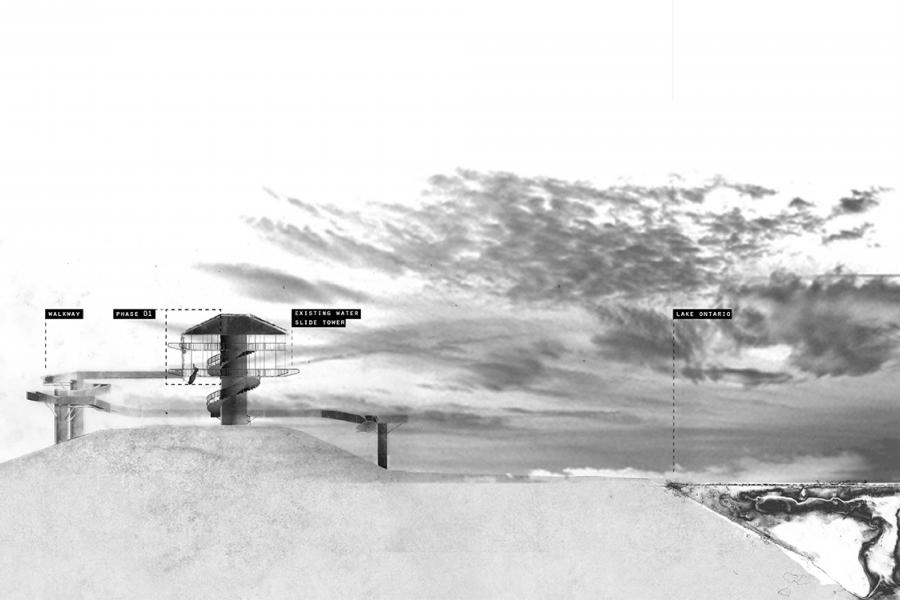
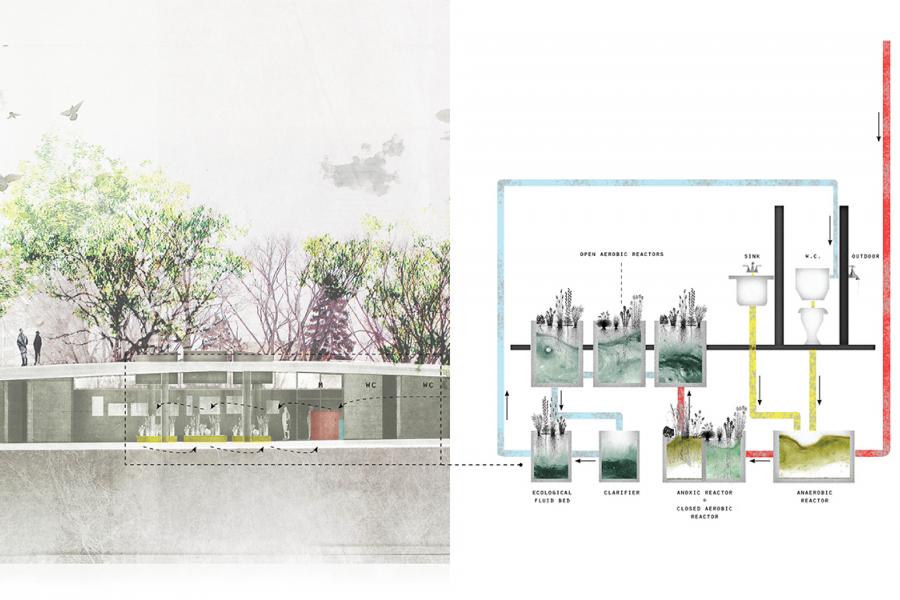
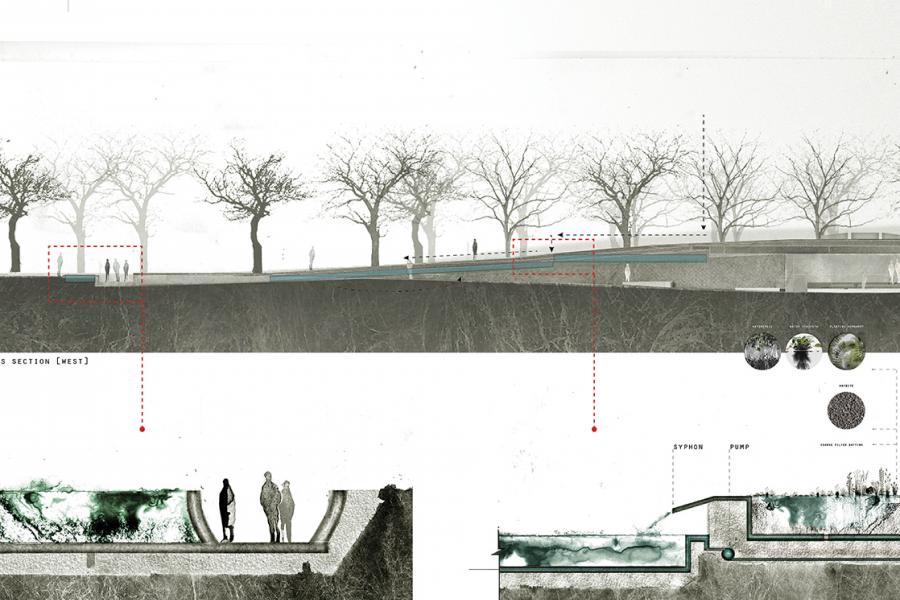
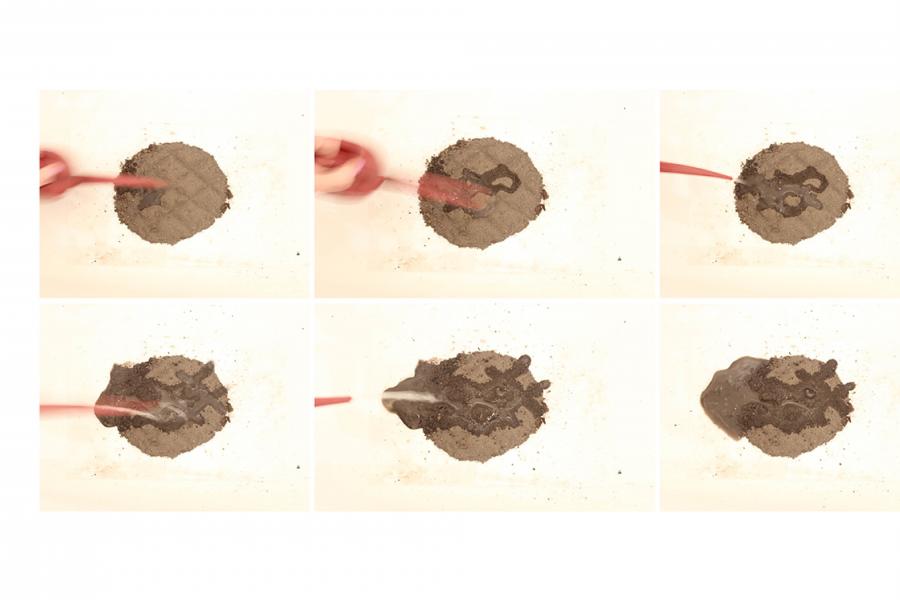
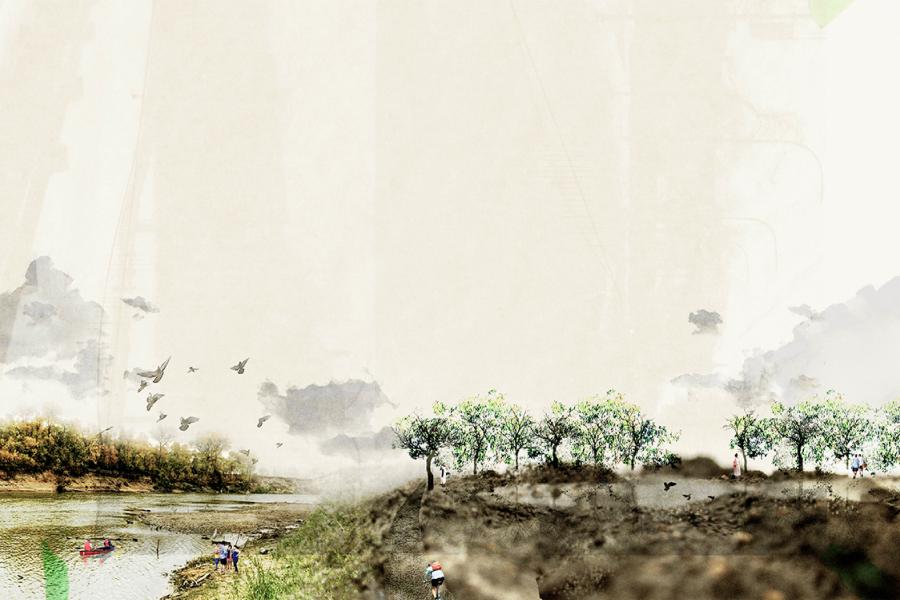
Re-Imagined Authorship in Design: Perceiving Water’s Agency in the City
The Anthropocene is the geological epoch in which human activity is the prime influence on the environment.1 As humans have evolved and continue to live through this era they have caused and continue to inflict consequential harm on the environment. Today there is a yearning to re-define human relationships with nature as a possible strategy to mitigate the current climate crisis. By focusing on a history of human control over water, this thesis proposes to expand the notion of authorship in design through an entropic lens.2
Humanity’s dependence on water for survival has orchestrated much of architecture’s history and through community engagement it has become clear that living things also associate water with community: What is it about water that promotes such engagement? Water’s properties define how humans experience it and therefore frame its influence and significance.3 Through interventions at Ontario Place in Toronto that explore the relationship of humans to water at a micro scale, this thesis thinks with water both in its docile and disorderly state to make legible macro environmental processes and hydrological systems. By more closely engaging with water one can learn and gradually begin to regard water, and ultimately nature as a mutual force that is not one to be asserted on but rather worked with.
The design phase of this thesis entailed a series of studies of Memorial Park in Winnipeg, Manitoba. These studies considered the site as part of a larger historical and cultural context, focusing both on Winnipeg’s aqueduct system and combined sewage system as events in history that demonstrate human control over nature. The site which hosts the city’s Hydro Fountain utilizes water from Shoal Lake, sourced one hundred and fifty kilometres away from the city. Just as most of the water humans come in contact with today, the water in the site has been abstracted from its processes and its source. In daily practice, clean water within the city is not experienced as resulting from work or a process of production; it is simply experienced as a miracle.4 This abstraction from the processes relating to water occur because the infrastructure associated with it tends to be out of sight, either underground or as the aqueduct example demonstrates, outside of the city failing to account for ecological and social specificities of place. The abstraction therefore allows inhabitants within the city to disengage from the environmental and cultural consequences that pertain to these, and furthermore enable a perception of water that is one of a resource with no opportunity for imagination, reflection or community, leading to environmental degradation and social injustice.5
This thesis explores the concept of a circular economy in relation to the environment as a way to move from an anthropogenic mindset of control over nature to one of alliance. Human relationship to water will be the focus of study, where strategies such as natural filtration systems will not only aim to enact positive change by cleansing the water that is on the site, but also engender community, resilience and healing of human relations to nature. As an elder from Haudenonsaunee Iroquois Nation states, “Avoiding degradation of water includes changing the way water is perceived”.6
Relevant links:
https://futureofontarioplace.org/imagine/design-challenge
https://news.umanitoba.ca/national-recognition-for-alluvium-design/
https://open.spotify.com/episode/28Hu8YoR0esoNvZnJsXEyv?si=Gqbhug5USeKnEh98CTMg9A
1 Subramanian, Meera. (2019). Humans versus Earth: the Quest to Define the Anthropocene .Nature News. Nature Publishing Group. Accessed Aug. 6. https://www.nature.com/articles/d41586-019-023812.
2 Moffitt, L. (2017). Sand, silt, salt, water: Entropy as a lens for design in post-industrial landscapes. Landscape Research, 42(7), 769-781. doi:10.1080/01426397.2017.1363878
3 Boivin, N. (2004). From veneration to exploitation. Human engagement with the mineral world. In N. Boivinand M. Owoc (eds), Soil, stones and symbols. Cultural perceptions of the mineral world (pp.1-30). London.
4 Baudrillard, J. (1970). La Société de Consommation. Editions Denoël, Paris.
5 Linton, J. (2010). What is Water? The History of a Modern Abstraction. UBC Press, Vancouver.
6 Keller, Thomas & Pielmeier, Christine & Rixen, Christian & Gadient, Florian & Gustafsson, David & Sta, Manfred & Hli, «. (2004). Impact of artificial snow and ski-slope grooming on snowpack properties and soil thermal regime in a sub-alpine ski area. Annals of Glaciology - ANN GLACIOL. 38. 10.3189/172756404781815310. Lavalley, G. (2006). Aboriginal Traditional Knowledge and Source Water Protection: First Nations’ Views on Taking Care of Water. Prepared for the Chiefs of Ontario and Environment Canada.
